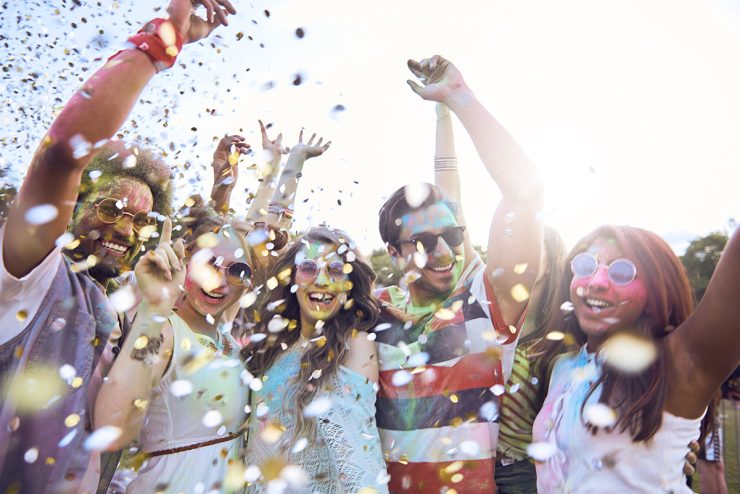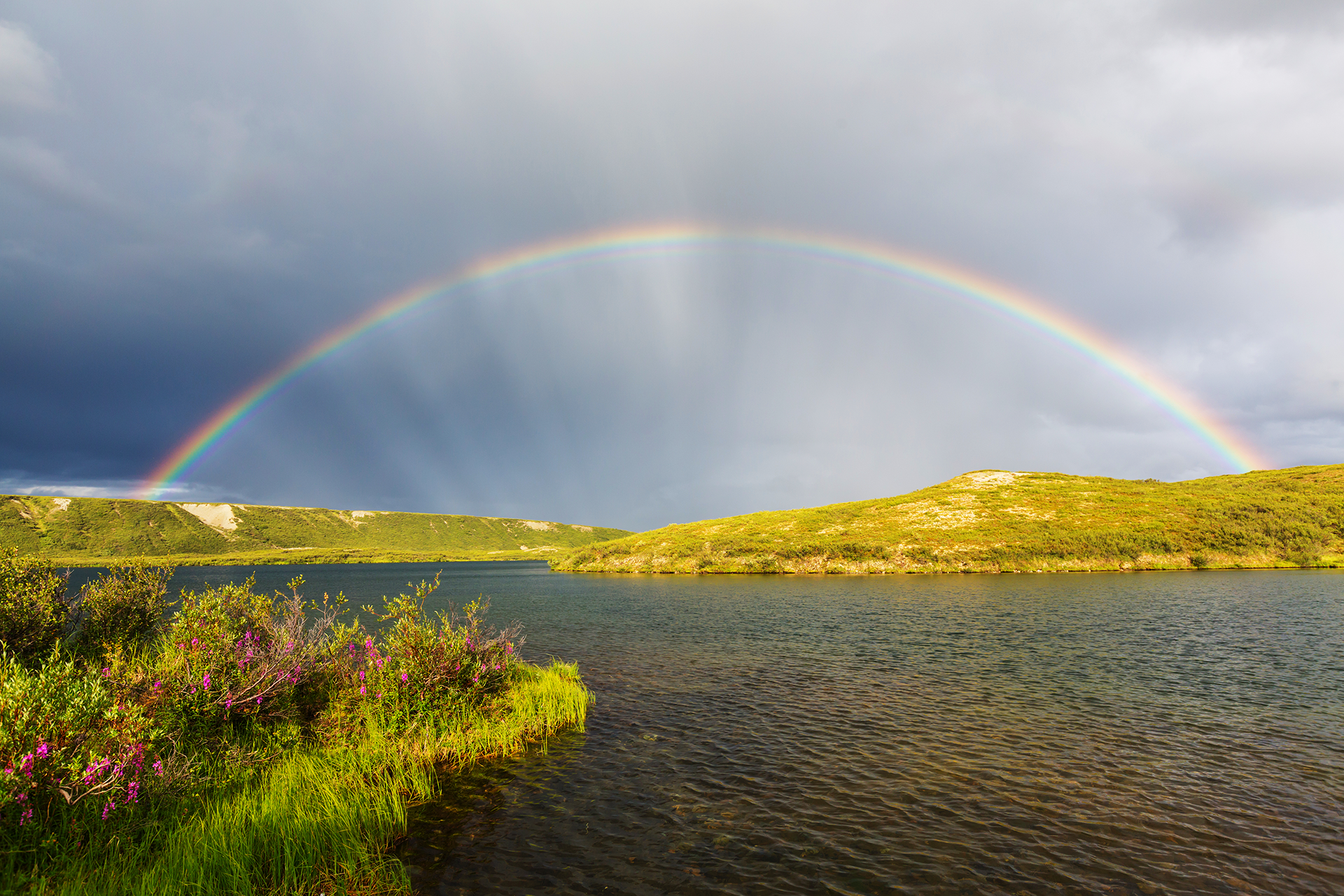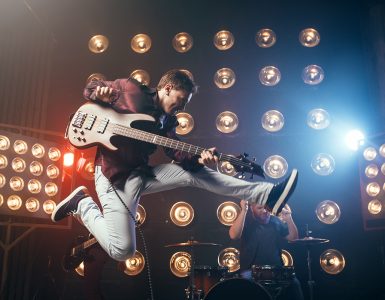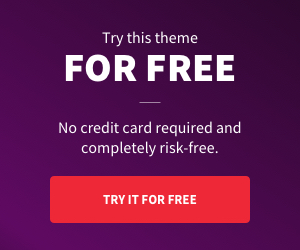When celebrities attend summer festivals like Coachella, Glastonbury, or Lollapalooza, they essentially enter an alternate reality that runs parallel to the main event. Their festival experience begins with bypassing the infamous entry lines through dedicated VIP entrances where discrete security teams whisk them directly into restricted compounds.
“Music festivals are the modern-day town squares where people come together to celebrate life and art. For one weekend, we’re all bound by the same rhythm, regardless of who we are outside those gates.” — Bruce Springsteen
These exclusive zones—often hidden behind imposing temporary walls or strategically positioned trailers—function as self-contained ecosystems with private bars, gourmet catering, plush lounge areas, and even spa services. While standard attendees might get glimpses of these areas from a distance, the celebrity festival experience largely takes place within these carefully controlled environments designed to offer all the cultural cachet of attending without the discomforts of actually mingling with the general public. The wristband hierarchy at major festivals has evolved into an elaborate caste system, with celebrities often sporting multiple credentials granting access to increasingly exclusive zones—from artist compounds to secret viewing platforms strategically positioned to offer perfect sightlines while maintaining a comfortable distance from crowds.
The Promotional Paradox
The modern celebrity festival circuit represents a fascinating economic ecosystem. Many celebrities attend without purchasing tickets, instead receiving all-expenses-paid invitations to branded “activation houses” or sponsor compounds. These luxury branded environments—ranging from converted mansions to elaborate pop-up compounds—function as both accommodation and part-time workplaces where celebrities make contractually obligated appearances, social media posts, and photo opportunities in exchange for their festival experience. Major brands invest millions creating these temporary luxury environments that simultaneously serve as exclusive party venues and content generation machines. A single celebrity Instagram post from a strategically branded festival setting can generate more engagement than traditional advertising campaigns. This transactional relationship transforms parts of the festival experience into elegant workplaces where celebrities perform the labor of being seen with specific products in carefully designed settings. Many festivals now have dedicated zones where celebrities can be photographed in front of step-and-repeat backdrops featuring sponsor logos, creating the content that will ultimately subsidize their experience.
The Helicopter Hierarchy
Transportation reveals perhaps the starkest contrast between celebrity and standard festival experiences. While most attendees navigate hours of traffic, parking shuttles, and long walks to entry gates, A-list celebrities increasingly arrive via helicopter directly to backstage areas—completely bypassing the logistical challenges that define the experience for everyone else. At Coachella, the helicopter landing area has become so congested that a strict hierarchy has emerged, with only the highest-tier celebrities granted landing slots during peak hours. Others must coordinate shared helicopter transportation or accept luxury SUV service with police escorts. Once on festival grounds, celebrities navigate via golf carts through hidden backstage passageways unknown to general attendees—a parallel transportation network that allows them to materialize seemingly magically at different stages throughout the day. This separate infrastructure extends to private viewing areas constructed beside or even on the main stages, allowing celebrities to experience performances while remaining physically separated from the audience. The most exclusive viewing positions are directly on-stage, where celebrities can watch performances from the wings, often visible to the crowd but separated by security barriers.
The After-Hours Network
While the festival itself ends each night for general attendees, celebrities participate in an elaborate network of after-parties that often outshine the main event. These invitation-only gatherings held at nearby estates, luxury hotels, or purpose-built temporary venues feature performances by festival headliners in intimate settings, creating exclusive “festivals after the festival” inaccessible to the public. The most coveted invitations are for spontaneous late-night jam sessions where major artists collaborate in settings small enough that guests can interact directly with performers. These events operate on a strict hierarchy, with different parties catering to different celebrity tiers, and invitations often extended only hours before via discrete text messages containing location details and entry codes. Security at these events is paramount, with guests’ phones frequently locked in magnetic pouches to prevent unauthorized documentation. What happens at these gatherings rarely reaches social media, creating genuine exclusivity in an era where most celebrity experiences are shared publicly. For the highest-tier celebrities, the festival serves primarily as a gathering mechanism that brings the music world together for these private after-hours experiences rather than as the main attraction itself.
































